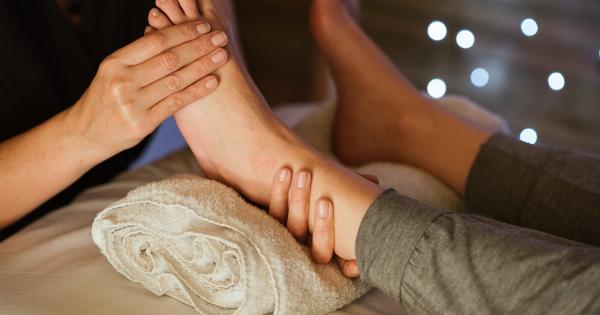If you have ever experienced back pain, you know just how terrible it can be. The pain can be debilitating, making it difficult to complete daily activities and even making it difficult to sleep.
Fortunately, there are simple strategies that can help you manage and beat back pain. Here are some simple strategies that work.
1. Exercise Regularly
Exercise is one of the best ways to manage back pain. Regular exercise can help to strengthen your back muscles and improve your overall flexibility. When you have stronger muscles and better flexibility, you are less likely to experience back pain.
A combination of strength training and aerobic exercise is the recommended way to manage back pain through exercise.
2. Practice Good Posture
Good posture is key to managing back pain. Slouching or hunching over can lead to increased pressure on your spine, resulting in back pain.
When standing, practice good posture by standing up straight with your shoulders back and your feet hip-distance apart. When sitting, make sure to sit up straight with your feet flat on the ground, your knees bent at a 90-degree angle, and your lower back supported.
3. Invest in a Good Mattress and Pillow
Your mattress and pillow play a big role in the quality of your sleep and the health of your back. A good mattress and pillow should provide adequate support for your spine and neck. A mattress that is too soft or too firm can cause back pain.
When choosing a pillow, look for one that is the right size and shape for your sleeping position.
4. Take Breaks When Sitting for Long Periods
Sitting for long periods can put added pressure on your spine, leading to back pain. If you have a job that requires you to sit for long periods, take frequent breaks to stretch and move around.
Try to get up and move around for at least a minute every hour.
5. Use Heat or Cold Therapy
Heat or cold therapy can help to alleviate back pain. Applying heat to the affected area can help to reduce muscle spasms and increase blood flow. Cold therapy, on the other hand, can help to reduce inflammation and numb the pain.
Experiment to see which therapy works best for you.
6. Reduce Stress
Stress can manifest itself in a physical way and can contribute to back pain. Reducing stress can help to alleviate back pain. There are many ways to reduce stress, such as meditation, deep breathing exercises, yoga, or simply taking a relaxing bath.
7. Maintain a Healthy Weight
Carrying extra weight can put added pressure on your spine and lead to back pain. Maintaining a healthy weight through a balanced diet and regular exercise can help to alleviate back pain.
8. Avoid High-Impact Activities
High-impact activities, such as running or jumping, can place added pressure on your spine, leading to back pain. If you have a history of back pain, it may be best to avoid these types of activities altogether.
Instead, try low-impact exercises such as swimming or cycling.
9. Stretch Daily
Stretching can help to improve your flexibility and reduce the risk of back pain. Daily stretching can also help to alleviate existing back pain. Try incorporating stretching into your daily routine, such as when you wake up or before you go to bed.
10. Seek Professional Help
If your back pain persists despite your efforts to manage it, it may be time to seek professional help. A healthcare professional can help to diagnose the underlying cause of your back pain and recommend treatments that may work for you.
Some common treatments for back pain include physical therapy, chiropractic care, and massage therapy.






























